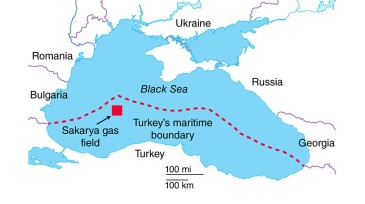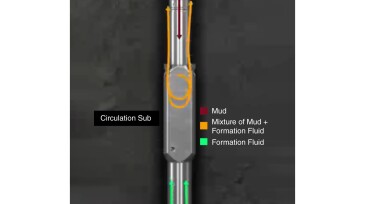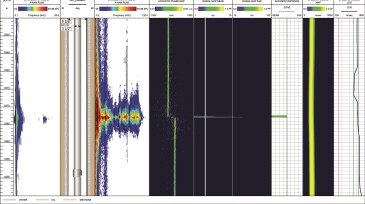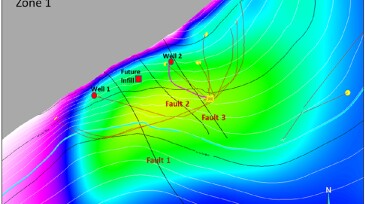well testing
-
This paper describes dynamic reservoir characterization considerations, challenges, and engineering solutions used to derisk field-development decisions confirmed by a well-testing campaign in a complex setting.
-
This paper addresses the challenges related to well control and the successful implementation of deep-transient-test operations in an offshore well in Southeast Asia carried out with the help of a dynamic well-control-simulation platform.
-
Diagnostics firm TGT launched its newest acoustic platform that it says broadens flow analysis by adding radial distance to the data collected.
-
In Part 1 of a series of articles, the author highlights candidate selection and problem clarification. This section describes how the success rate of solving conformance problems is improved by reducing assumptions and improving your problem understanding prior to executing a solution.
-
This paper introduces a measurement system that is agile for transport and can be installed anywhere with a small footprint while delivering reasonably accurate results.
-
This paper describes how a surveillance, analysis, and optimization plan was used to resolve subsurface uncertainties and optimize a reservoir development plan and provides lessons learned and best practices.
-
This work applies an appropriate transient-test theory to demonstrate the applicability of each diagnostic plot along with clearly defining the characteristic features that allow each plot to be considered “diagnostic.”
-
The authors determine that economical and environmentally responsible solutions exist for fluid disposal during well-testing operations.
-
In this work, a methodology to detect interference from long-term pressure and flow-rate data is developed using multiresolution analysis in combination with machine-learning algorithms.
-
Two well-test logging operations have been carried out for the first time in a conventional carbonate reservoir in safe operating conditions and with repeatable results.










